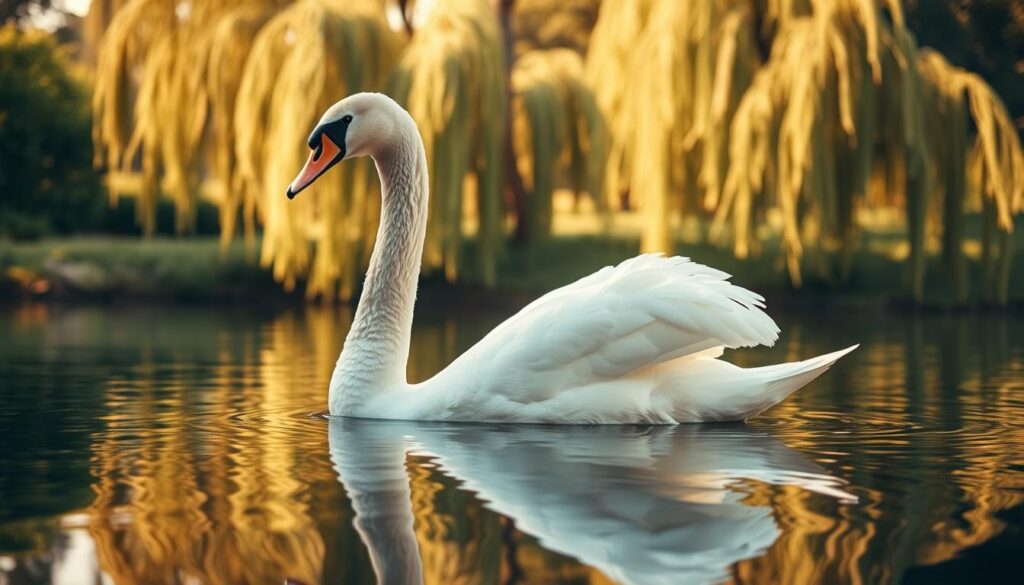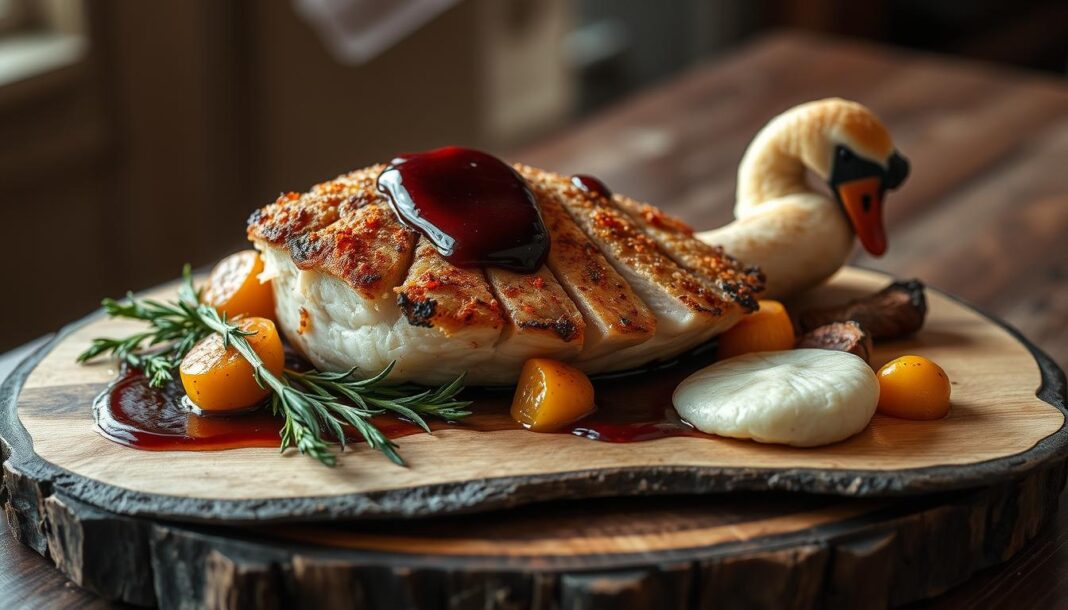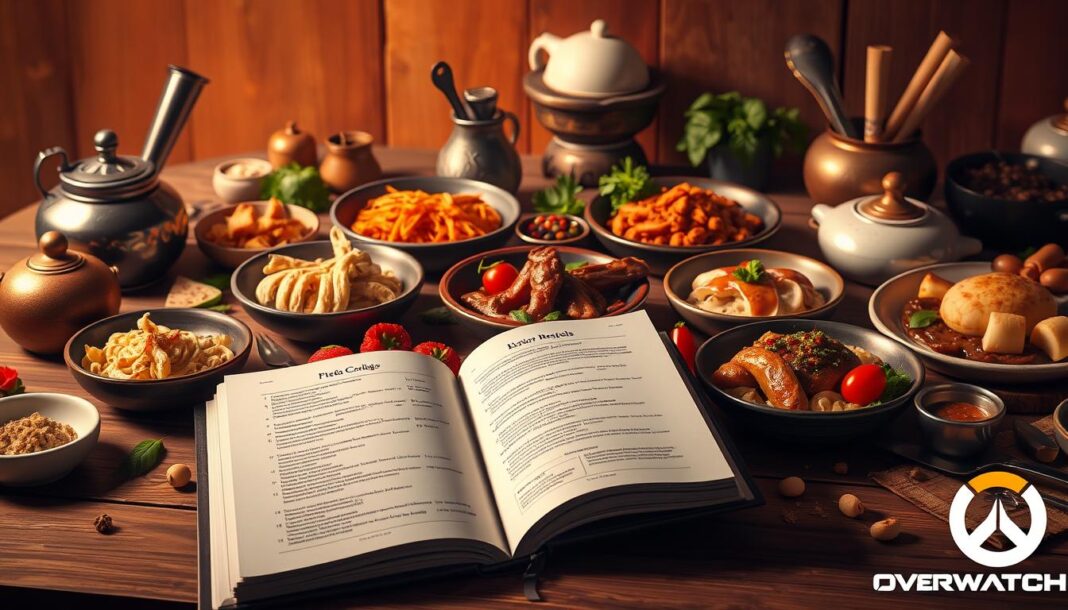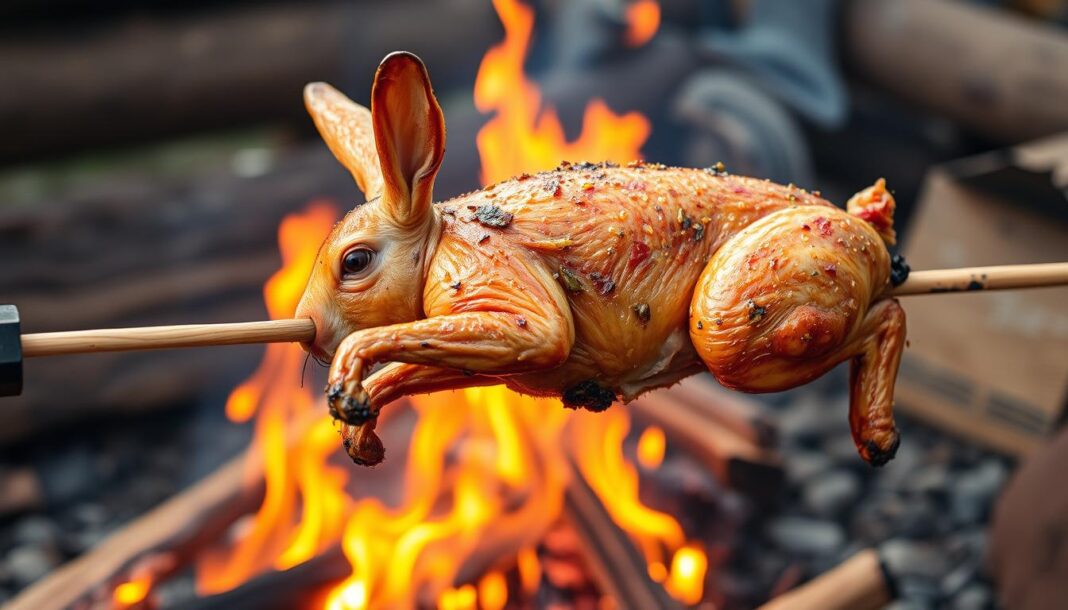Swan, a bird once reserved for royalty, has been a prized meat in European cuisine for centuries. Its unique flavor profile, often compared to goose and wild game, presents both challenges and opportunities for the adventurous cook.
At Historical Foods, we have delved into the rich history of swan preparation, exploring traditional methods and adapting them for the modern kitchen. We will guide you through the process, from understanding the historical context to presenting this majestic meat on your table on a special day.
Key Takeaways
- Understanding the historical significance of swan in European cuisine
- Learning modern preparation techniques for cooking swan
- Discovering the unique flavor profile and characteristics of swan meat
- Addressing legal considerations for cooking swan
- Adapting traditional methods for the modern kitchen
The Historical Significance of Swan as Food
In the annals of culinary history, the swan stands out not just as a meal, but as a status symbol of the elite. For people in medieval Europe, serving swan at banquets was a display of wealth and power, making it a centerpiece on the royal table.

Royal Connections and Prestige
The swan’s association with royalty dates back to the twelfth century in England, where all swans were decreed to be royal property. This royal connection elevated the bird’s status, making it a prestigious dish served at special occasions. Figures like Ludwig II of Bavaria, known as “The Swan King,” further cemented the swan’s symbolic value, adorning his castles with swan motifs. At that time, swan was valued more for its prestige than its taste, which was often described as “fishy mutton.”
Legal Considerations for Swan Consumption
Over time, the legal framework surrounding swan consumption has evolved significantly. From being strictly royal property, modern conservation laws now protect swans in most regions. Today, people looking to consume swan meat must navigate these legal considerations, ensuring that their actions comply with current regulations. This shift reflects a change in societal attitudes towards the bird, from a luxury food item to a protected species, marking a significant passage of time in how we perceive and treat swans.
How to Cook Swan: Preparation Techniques
To cook swan effectively, it’s crucial to start with proper preparation techniques that respect its distinct characteristics. Swan meat is known for its lean nature and gamey taste, requiring careful handling to achieve the best results.
Cleaning and Dressing the Bird
Cleaning and dressing a swan is the first critical step in preparation. Due to its size and anatomy, this process differs significantly from that of conventional poultry. We must be meticulous in removing the innards and cleaning the cavity to ensure the meat remains fresh and untainted.
Boning and Butchering Methods
The skeletal structure of a swan presents unique challenges when it comes to boning and butchering. Understanding the bone structure is crucial for efficient butchering and for preserving the valuable skin, which can be used in traditional presentation methods. The breast meat, being the most tender and versatile, is a prime focus during this process.
Understanding Swan Meat Characteristics
Swan meat is exceptionally lean, with minimal fat content – about a quarter teaspoon on each breast. This leanness means it can become tough and dry if overcooked. The meat has a distinct gamey taste and is tender when cooked correctly. Similar to goose, swan can be prepared in various ways, but its unique characteristics require special attention.
| Preparation Step | Key Considerations |
|---|---|
| Cleaning | Remove innards carefully, clean cavity thoroughly |
| Boning | Understand bone structure, preserve skin |
| Cooking | Avoid overcooking due to lean meat |
Traditional and Modern Swan Recipes
From medieval feasts to modern kitchens, swan recipes continue to evolve, blending tradition with innovation. We will explore both historical and contemporary methods of preparing swan, highlighting the unique characteristics of this meat.
14th Century Roasted Swan Recipe
The 14th-century recipe from “Le Menagier de Paris” provides a fascinating glimpse into historical swan preparation. To prepare a roasted swan as described, one must first pluck the bird like a chicken or goose, then scald or boil it. The swan is then spit-roasted, skewered in four places, and served with its feet and beak intact, accompanied by yellow pepper.
Reclothing the Swan in Its Feathers
A unique aspect of this historical recipe is the technique of “reclothing” the cooked swan in its skin with all the feathers. This involves splitting the bird between the shoulders, cutting along the stomach, and carefully removing the skin from the neck. The cooked swan is then placed back into its skin, with the neck arranged to appear straight or flat, creating a visually stunning presentation.
Swan Breast Tenderloins
For a more modern approach, swan breast tenderloins offer a lean and flavorful option. To prevent the lean meat from drying out, it’s essential to cook it with techniques that enhance moisture retention. Seasoning with appropriate spices and cooking to the right temperature ensures that the distinctive flavor profile of the meat is preserved.
Swan Burgers with Fruit Chutney
Creating swan burgers is another contemporary way to enjoy this game meat, making it more accessible to modern palates. Serving the burgers with a complementary fruit chutney not only honors the gamey character of the swan but also adds a refreshing contrast. The key is balancing the richness of the swan meat with the tanginess of the chutney, often enhanced with a hint of pepper.
| Recipe Aspect | Traditional (14th Century) | Modern |
|---|---|---|
| Preparation Method | Scalding, boiling, spit-roasting | Grilling, pan-searing, oven roasting |
| Seasoning | Yellow pepper | Variety of spices, herbs, and chutneys |
| Presentation | Reclothing in feathers, intact feet and beak | Sliced tenderloins, burgers with toppings |
Each step in these recipes, whether traditional or modern, requires attention to detail to bring out the best in the swan meat. By understanding the unique properties of this meat, including its low fat content and tendency to dry out, we can create dishes that showcase its rich, distinctive taste.
Serving Suggestions and Flavor Pairings
The art of cooking swan lies in balancing its gamey taste with complementary flavors and presentation techniques. To enhance the dining experience, we recommend pairing swan meat with fruit-based accompaniments like tamarillo, peach, or apple chutneys, which provide a sweet and tangy contrast to its robust flavor.
Traditionally, swan was served with yellow pepper as a condiment, adding a crunchy texture and a touch of spice. When presenting swan at the table, consider honoring its historical significance by using seasonal accompaniments that would have been available during swan hunting season, thus creating a historically authentic meal experience.
For those new to cooking wild game, it’s essential to consider your guests’ palate preferences, as swan’s taste can be polarizing. Alternative preparation methods, such as those used for other game birds or even goose, can help modulate the gamey notes. By understanding these nuances, we can create a truly memorable dining experience that showcases the unique qualities of swan.


